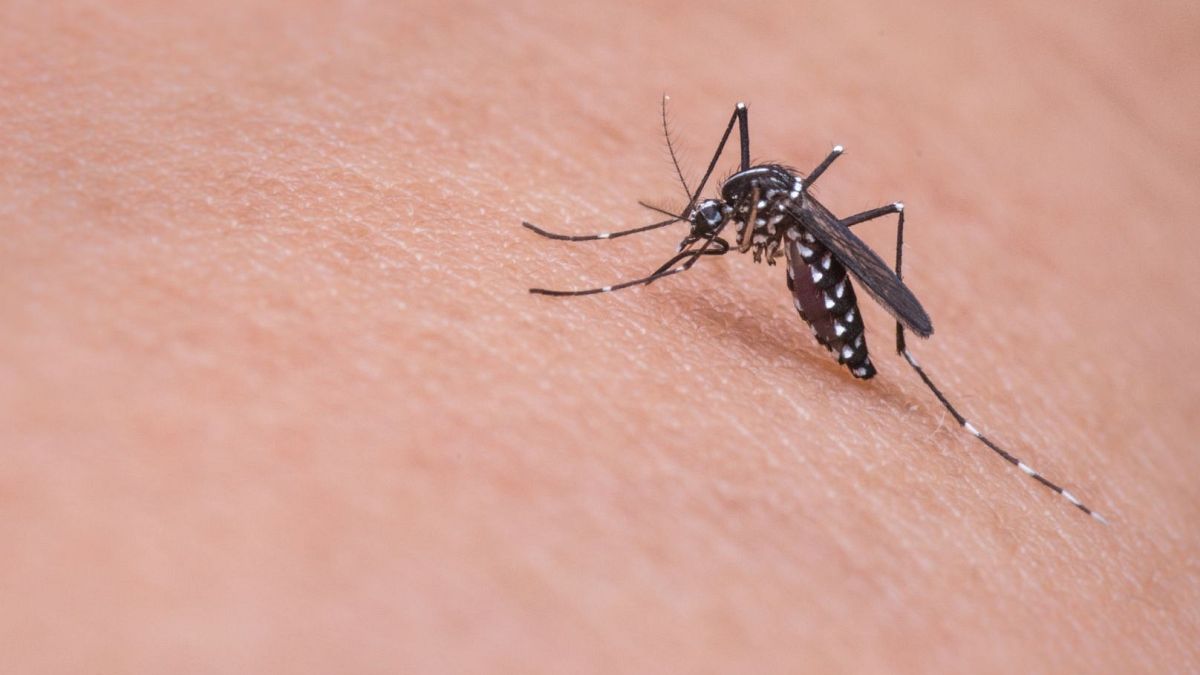

In recent years, there has been a noticeable shift in the geographical distribution of mosquito-borne diseases, particularly in Europe. This transformation is largely attributed to climate change, which is enabling the expansion of diseases typically found in tropical regions, such as dengue fever and chikungunya, into more temperate zones. With the prospect of these diseases becoming endemic in Europe, there is an increasing focus on understanding how they can be effectively managed and controlled.
The physiological adaptability of mosquitoes is a significant factor in their ability to thrive in new environments. As global temperatures rise, these resilient insects find it easier to survive and breed in regions previously too cold for their survival. This change not only increases the mosquito population in Europe but also their potential for spreading diseases. The European Centre for Disease Prevention and Control (ECDC) has highlighted that, during warmer months, Europe has experienced instances of dengue and chikungunya, signaling a need for enhanced vigilance and preventive measures.
Addressing this issue requires a multi-faceted approach. Public awareness campaigns are essential in educating communities about the risks associated with mosquito-borne diseases and the steps they can take to protect themselves. Basic measures, such as using insect repellent, installing screens on windows, and eliminating standing water where mosquitoes breed, are recommended. Moreover, health agencies are promoting the importance of protective clothing and the application of insecticides in areas with high mosquito activity.
In addition to public education, there is significant research being dedicated to understanding mosquito behaviors and the dynamics of disease transmission. Scientists are investigating the lifecycle of different mosquito species and their interaction with the climate. Researchers are also exploring the potential of genetically modified mosquitoes as a method to control populations. This involves altering mosquito DNA to produce offspring that are either sterile or less capable of transmitting diseases.
Furthermore, there is a concerted effort to strengthen surveillance systems. The development of an integrated European monitoring network aims to track mosquito populations and their associated diseases. This network will share real-time data across borders to facilitate rapid response to outbreaks. Such collaboration is instrumental in mitigating the spread and impact of mosquito-borne diseases before they become unmanageable.
Governments across Europe are also implementing policy measures to tackle the threat of mosquito-borne diseases. Investments in healthcare infrastructure are being made to improve the capacity to handle potential epidemics. Policies are being enacted to ensure that urban development projects incorporate mosquito control measures, such as designing proper drainage systems to prevent water stagnation.
Despite the challenges, there is a sense of optimism among those working to combat the rise of mosquito-borne diseases in Europe. Technological advancements and scientific innovations offer promising solutions, and collaborative efforts are leading the way to more effective strategies. While the journey requires continuous effort and adaptation, Europe is progressively equipping itself to manage the challenges posed by these adaptable insects and the diseases they carry.
The situation presents an opportunity for Europe to set a precedent in combating vector-borne diseases. Through informed action, cooperation, and a commitment to research and innovation, Europe can protect its population and ecosystems from the growing threat of mosquito-borne diseases, ensuring a healthier future for all.
Source: {link}
